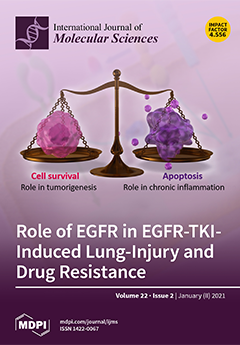We have shown that autoxidized polyphenolic nutraceuticals oxidize H
2S to polysulfides and thiosulfate and this may convey their cytoprotective effects. Polyphenol reactivity is largely attributed to the B ring, which is usually a form of hydroxyquinone (HQ). Here, we examine the effects of HQs on sulfur metabolism using H
2S- and polysulfide-specific fluorophores (AzMC and SSP4, respectively) and thiosulfate sensitive silver nanoparticles (AgNP). In buffer, 1,4-dihydroxybenzene (1,4-DB), 1,4-benzoquinone (1,4-BQ), pyrogallol (PG) and gallic acid (GA) oxidized H
2S to polysulfides and thiosulfate, whereas 1,2-DB, 1,3-DB, 1,2-dihydroxy,3,4-benzoquinone and shikimic acid did not. In addition, 1,4-DB, 1,4-BQ, PG and GA also increased polysulfide production in HEK293 cells. In buffer, H
2S oxidation by 1,4-DB was oxygen-dependent, partially inhibited by tempol and trolox, and absorbance spectra were consistent with redox cycling between HQ autoxidation and H
2S-mediated reduction. Neither 1,2-DB, 1,3-DB, 1,4-DB nor 1,4-BQ reduced polysulfides to H
2S in either 21% or 0% oxygen. Epinephrine and norepinephrine also oxidized H
2S to polysulfides and thiosulfate; dopamine and tyrosine were ineffective. Polyphenones were also examined, but only 2,5-dihydroxy- and 2,3,4-trihydroxybenzophenones oxidized H
2S. These results show that H
2S is readily oxidized by specific hydroxyquinones and quinones, most likely through the formation of a semiquinone radical intermediate derived from either reaction of oxygen with the reduced quinones, or from direct reaction between H
2S and quinones. We propose that polysulfide production by these reactions contributes to the health-promoting benefits of polyphenolic nutraceuticals.
Full article






